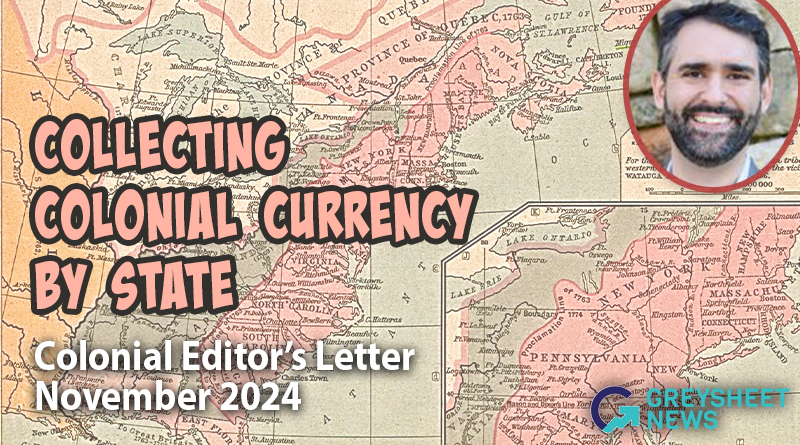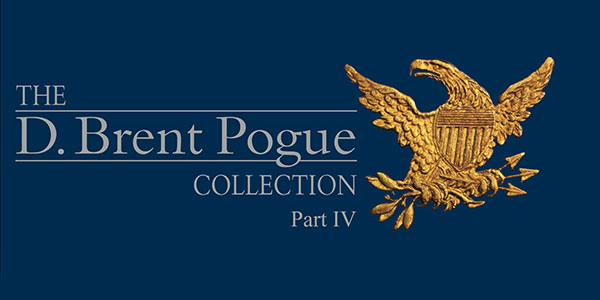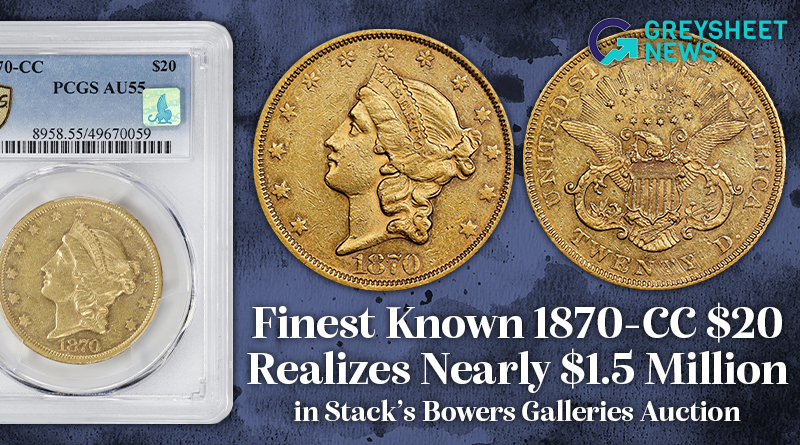Collecting Colonial Currency By State
Colonial currency can be a difficult series to collect, but wise collectors can map their own paths and often assemble an important collection with very little competition.
Continental Currency has seen a substantial market expansion in the last decade, a natural growth in a series that is easy to order, easy to collect, and easy to find in the sort of condition that makes those who collect certified notes comfortable. A significant number of sheets surviving into the modern collectible era guaranteed a relatively plentiful number of high grade notes for modern enthusiasts. Ironically, the worthlessness of Continental notes meant many issued notes barely got circulated, but the hope that someday the Federal government would pay out for them made them saved. This ready supply of most issues makes the series perfect and turnkey for today’s completeness-oriented, condition-conscious collectors.
But there’s much more to colonial currency than Continental notes. Depending upon your view, an enormous proportion of surviving colonial currency isn’t even colonial per se, having been printed after the Declaration of Independence. So what to make of the rest of this confusing field?
Leaving aside private scrip, local issues, and other outliers, the bulk of colonial currency was issued by one of the original 13 colonies that became the first 13 states. These colony/state issues can largely be divided into three eras: 1690–1754, the era before the French and Indian War; 1754–1776, the era from the beginning of the French and Indian War to the Declaration of Independence; and 1776–1789, the era from Independence to Constitution. Regardless of their state of origin, notes from these eras have certain things in common with each other.
The earliest notes, issued between 1690 and 1754, are generally extremely rare today. Perhaps the only notes from before 1754 that can be called common are the 1748 North Carolina issue (thanks to the Samuel Cornell hoard) and the remainder Maryland notes of 1733 that survived into the 20th century as unissued sheets (now mostly cut up into individual notes). What do these earliest notes have in common, aside from their extraordinary rarity? Condition pickiness can be thrown out the window. The notes that have survived have been nearly uniformly adulterated in their useful lives—that is, when they were circulating money and not when they were collectibles—by backing, sewing, gluing, pinning, and more. While grading services (and, thus, collectors) describe these ingenious alterations as problems, they are literally what kept the notes intact and circulating. Sadly, many of the few notes that survived their useful era in unaltered condition have usually seen other sorts of modifications like pressing and trimming in the hands of modern dealers and collectors. The New York issues of 1709 and 1711 are notable as the only notes from this era to have survived into modern times in sheet form and thus are about the only ones available in condition approaching New.
The second phase of state currency issues are truly colonial notes, issued by the governments of individual British colonies in North America. These notes are harder to describe in broad brush strokes. Some are quite common, some legitimately rare, but inevitably the last colonial notes issued before post-Independence state governments took over are the most common and the most available in high grade (in other words, the ones most likely to have survived into the modern collectible era in sheet form). Some very rare notes of this era between the major colonial wars are little collected (Connecticut and Rhode Island, for instance), while the most common see steady demand (Delaware and Pennsylvania notes, mostly printed in Ben Franklin’s shop).
The final era is the state era, from 1776 to the Constitution. While notes from the years of the American Revolution itself tend to be fairly common, those issued late in the war and after the war were circulated against a backdrop of rife inflation and massive distrust of paper money. Those later issues tended to be payable in specie (or receivable for taxes) and thus tended to be retired rather than saved. Notes prior to the war’s end were neither redeemable nor spendable, and thus they were saved as souvenirs (or shinplasters, or wall insulation). These notes, particularly those that survived in sheet quantities, are available today for grade perfectionists to triangulate the difference between a 66 and 67 based upon how well a coin dealer trimmed it during the first decade of the 21st century.
Those who pursue the colonial and state issues tend to specialize on one state or another, but their numbers are few. Many are scared away by the lack of “nice notes” from issues that left no choice survivors, others are daunted by the chance to buy lots of common notes but little chance to ever complete the collection. Dealers, cataloguers, and grading services would be offering a service to the collecting public by better distinguishing between issues that served to preserve the note while it was money and those that befell the notes while they were collectibles. And just as “short sets” made certain coin series popular, every state has a period during which all the notes are at least collectible, if not common. Wise collectors can map their own paths and often assemble an important collection with very little competition.

Download the Greysheet app for access to pricing, news, events and your subscriptions.










Please sign in or register to leave a comment.
Your identity will be restricted to first name/last initial, or a user ID you create.
Comment
Comments